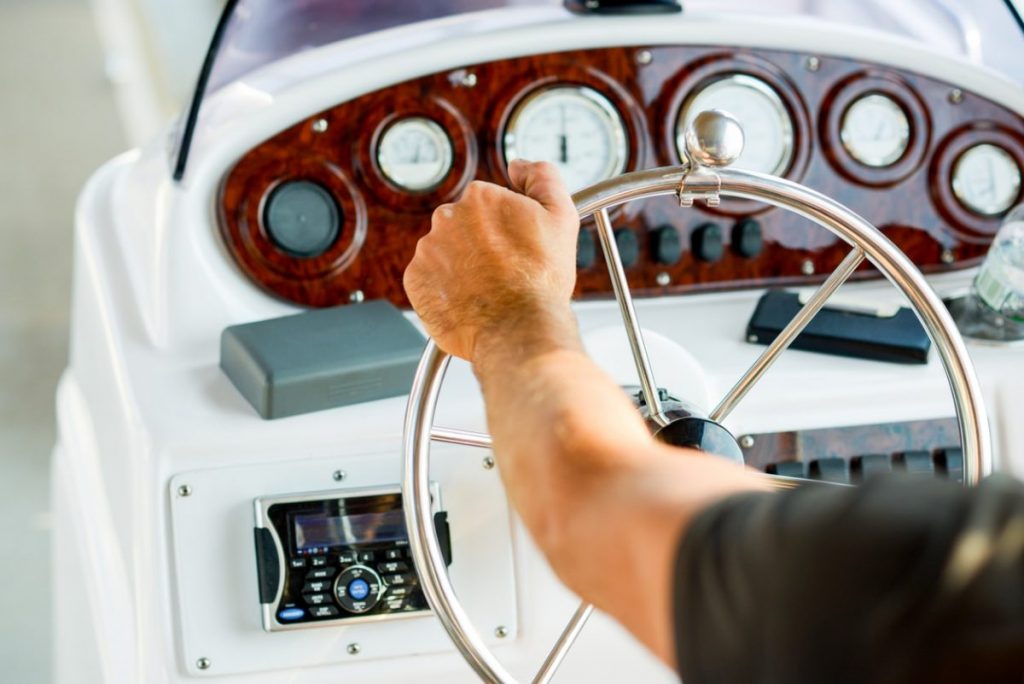A boat is just like a car. It’s great if you know how to use it, but it can be dangerous if you aren’t mindful. Boating accidents cost the nation somewhere around $46 million dollars annually, according to 2017 data from the United States Coast Guard. When you’re a recreational boater, staying safe not only means having Boat Insurance, but it also means saving yourself and your crew from any injuries.
Once someone has purchased their first boat, many will take a boating safety course in order to get them up to speed. There’s a lot of components that go into a boat, making it imperative to know how to run each part.
Arguably the most important component is knowing now to navigate it. If you can’t navigate a boat, that means you could crash it, into another boat or into something else. For a first time boater or a boater who is just getting back into boating, knowing these navigation requirements below is key, courtesy of BoatUS.
Common Potential Crash Scenarios
With boating, there are many things that can happen. But knowing these basic situations that can arise will be especially helpful for any recreational boat. They are called the crossing situation, a head-on situation or an overtaking situation.
- When boats are crossing each other, that generally means they might be in each others’ path. That means it’s time to steer away.
- In a head-on situation, you’re coming right for a boat.
- In an overtaking situation, your boat might be coming up too fast on another boat, causing a rear-ending problem.
If these issues do happen to arise when you’re out boating, you should know how to protect yourself from an accident. At the minimum there should always be someone looking out, a safe speed that is adamant and the readiness to yield no matter what the GPS system says.
Boating Navigation Aids
Unlike our roads and highways, there’s no paint telling people where to go when they are on a boat. But waterways have Aids To Navigation (ATONs) in place. These are man-made objects that help tell boaters where to go safely. These aids include:
- Buoys
- Day beacons
- Lights
- Lightships
- Radio beacons
- Fog signals
- Marks and other devices used to provide water signs.
Basically any visible, audible and electronic symbols established by the government and private authorities are there for the purpose of safe piloting.
Port Side Odd Numbered Aids
These odd numbered Nav Aids are green in color and may be lighted so that they are much easier to see. The left side will have port side marks as you travel upstream. Buoy numbers get bigger the farther up you go.
Standard Side Even Numbered Aids
Red in color and evenly numbered, these are located on the right side of the water when traveling upstream. These ones are shaped like cones while the odd aids are can-shaped.
Other Navigation Aids
These are white can buoys that have regulatory marks on them. They can signify instructions such as when you’re in danger or going too fast.
About Mariners Insurance
Mariners General Insurance Group was founded in 1959 to protect boat owners and marine business clients. We are marine insurance experts and insure boats worldwide – in every ocean on the planet. Marine insurance is critical if you own a boat or nautical business. Trust the professionals with all of your Boat Insurance needs – trust Mariners Insurance. Call us at (800) 992-4443 any time you have questions or concerns about insurance for your vessel or marine business.



